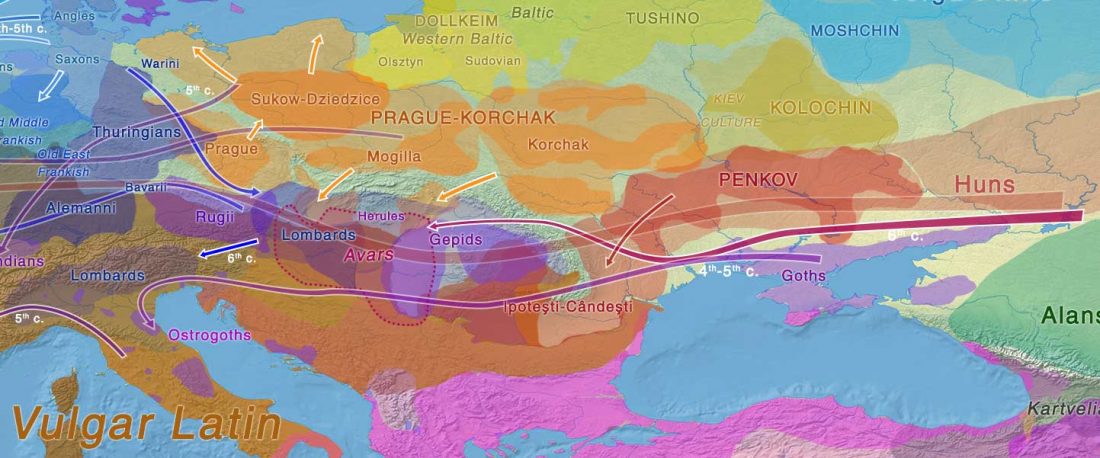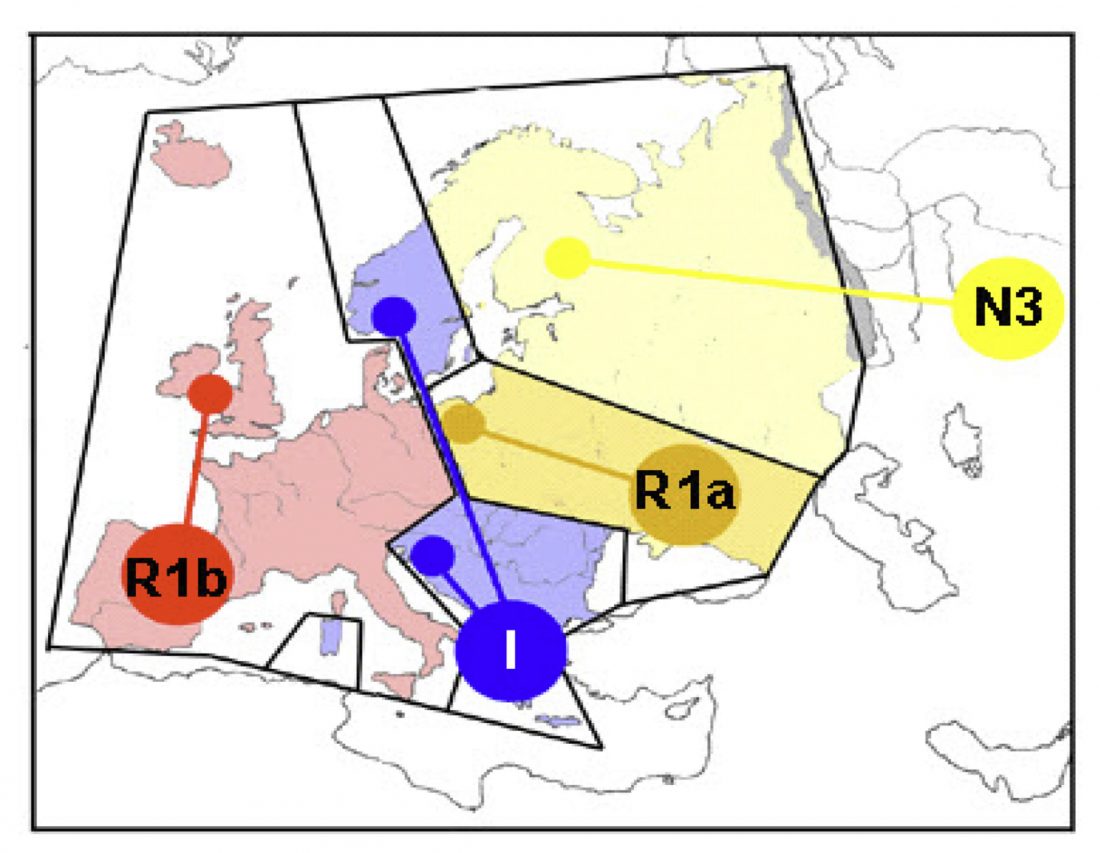Florin Curta strikes again with the early release of an unpublished book, Slavs in the Making. History, Linguistics and Archaeology in Eastern Europe (ca. 500 – ca. 700), Routledge (2021), freely available now at Academia.edu.
Interesting excerpts (emphasis mine, minor stylistic changes for clarity):
Migration
… Read the rest “Slavs in the Making – History, Linguistics and Archaeology”Much has been made of the supposed conservatism of the Slavic ceramic repertoire. In reality, the fossilization of pottery forms and, occasionally, patterns of decoration, are typically indications of maintaining pottery-making and its appearance “as remembered.” As such, conservatism (leading to the treatment of pots as heirlooms, a material reminiscence of life

